The power of Man Ray: photographer, artist, visionary
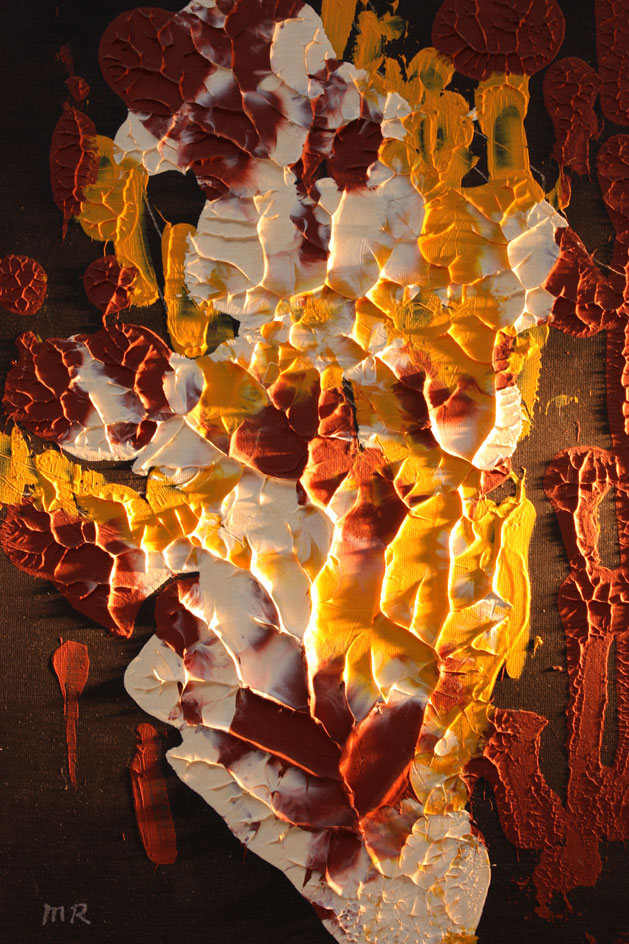
It seems unlikely that Michael Emmanuel Radnitzky – born in 1890 in Philadelphia, but a Parisian by inclination – would have achieved quite the same name recognition had he not adopted the tag Man Ray. He might, though, have still hobnobbed with both Duchamp and the surrealists, taken portraits of Europe's art elite and then Hollywood stars and, along the way, had a famous relationship with Lee Miller and helped establish photography as a legitimate and powerful artistic medium (even if he remained unconvinced of that). He was 20th century art's de facto official photographer – particularly of the creative swirl, nodes and networks of Paris between the wars – but as active participant rather than neutral outsider.
Ray had started out as painter and collaborated with Duchamp in New York before decamping to Paris in 1921. There, in a series of remarkable portraits and sort-of-still-lives, and using extreme crops, props, photomontage and experimental lighting and printing (particularly with his X-ray-like 'rayographs' of found objects), he took photography to new places. He shot Duchamp, Hemingway, Schoenberg, Joyce, Picasso, Peggy Guggenheim, Cocteau, Stravinsky, Matisse, Magritte, Miro, Dali, Schiaparelli, Coco Chanel, Virginia Wolf, Le Corbusier, Ava Gardner, Catherine Deneuve and – an iconic and enduring series and subset – the dazzling and thoroughly modern Ms Miller. He died in Paris in 1976, aged 86.
Incidentally, William Wegman, in tribute, named the first and most famous of his weimaraners Man Ray. Look out for much more on him in our October issue.
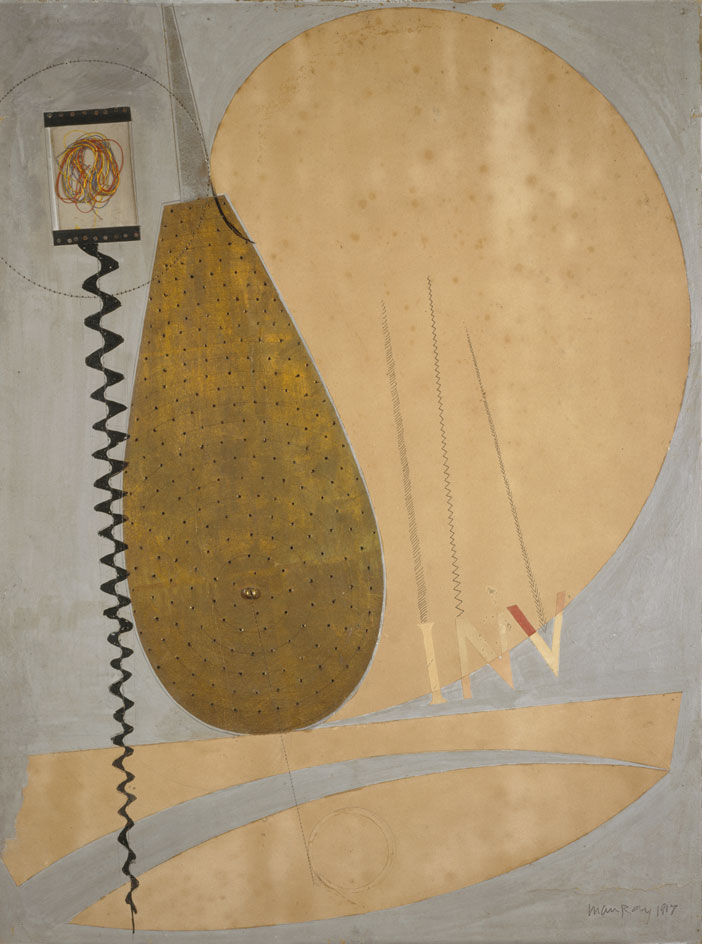
Born Michael Emmanuel Radnitzky in Philadelphia in 1890 (but a Parisian by inclination), it seems unlikely that he would have achieved quite the same name recognition had he not adopted the ubiquitous tag. Pictured: Involute, 1917. Photography: Antonio Reeve. Courtesy of National Galleries of Scotland
![La Volière [Aviary], 1919](https://cdn.mos.cms.futurecdn.net/v4PBKvpCqUEMrskXVFhGtX.jpg)
Man Ray hobnobbed with both Duchamp and the surrealists, took portraits of Europe's art elite and then Hollywood stars, and helped establish photography as a legitimate and powerful artistic medium (even if he remained unconvinced of that). Pictures: La Volière [Aviary], 1919. Photography: Antonio Reeve. Courtesy of National Galleries of Scotland
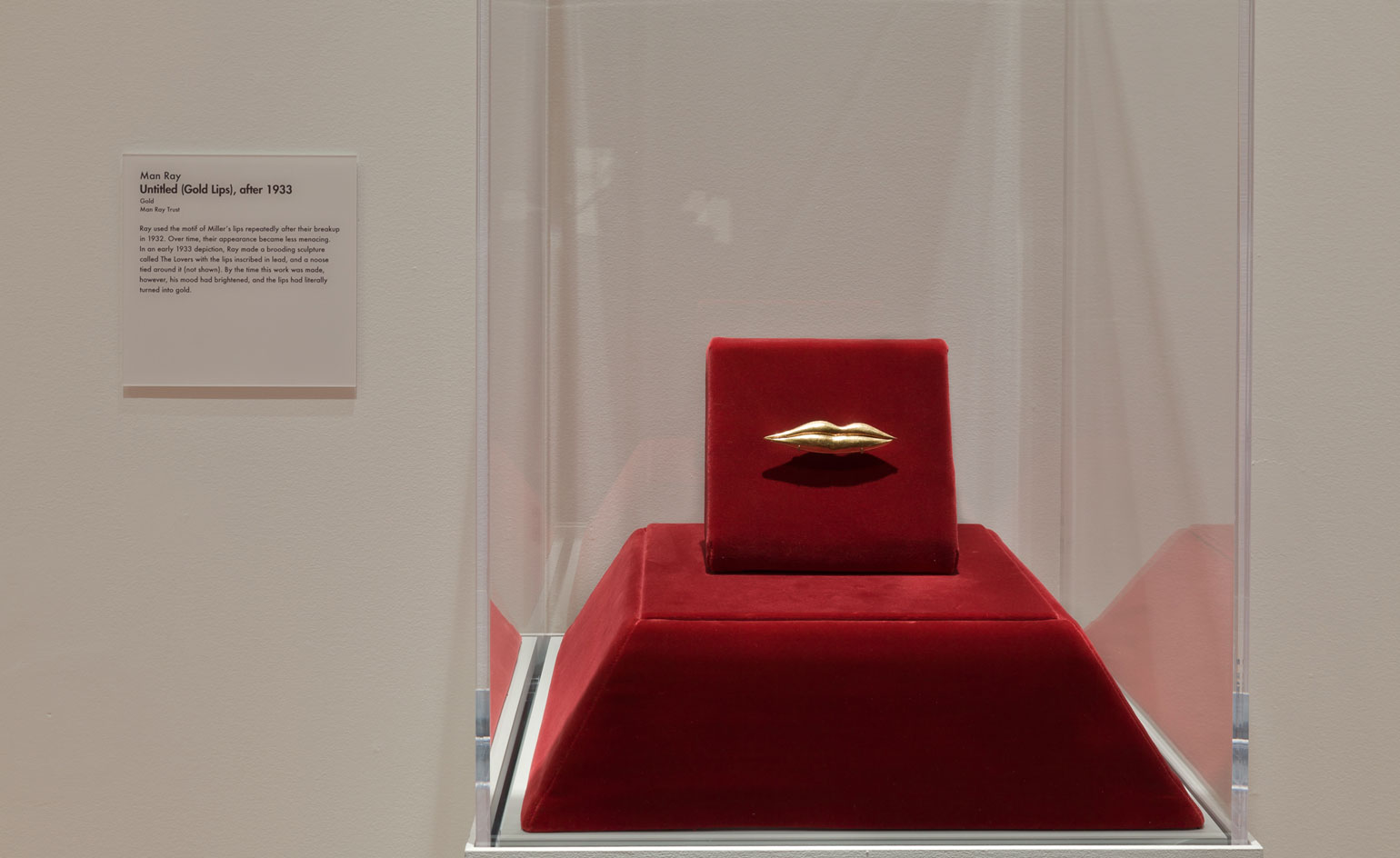
He was 20th century art's de facto official photographer…. Pictured: 'Man Ray/Lee Miller: partners in surrealism' exhibition at the Peabody Essex Museum, MA. Photography: Kathy Tarantola for the Peabody Essex Museum
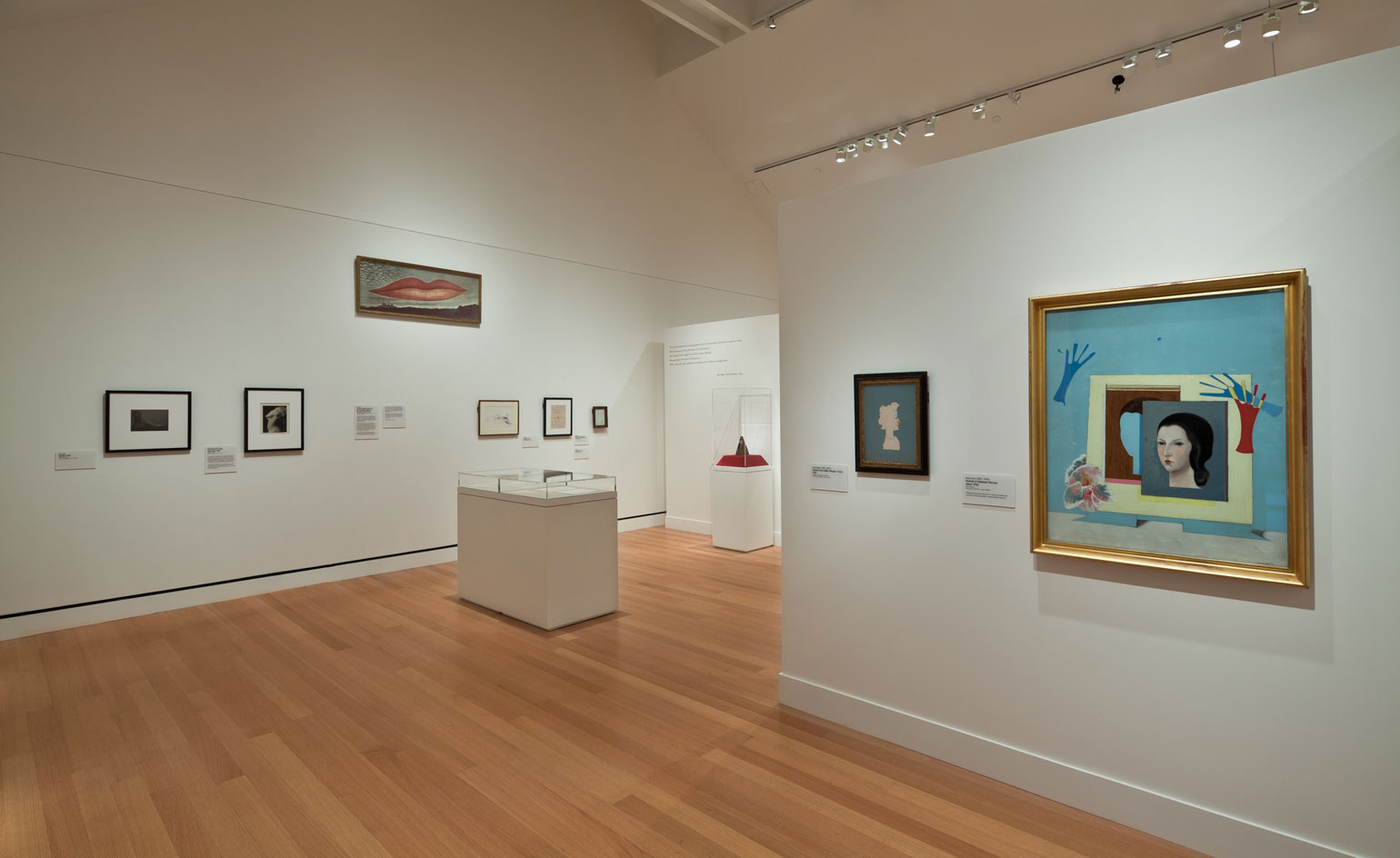
… but as active participant rather than neutral outsider. Pictured: 'Man Ray/Lee Miller: partners in surrealism' exhibition at the Peabody Essex Museum, MA. Photography: Kathy Tarantola for the Peabody Essex Museum

Man Ray died in Paris in 1976, aged 86 – though his name lives on not only in his art, but as the moniker of William Wegman's first weimaraner. Pictured: Gold Lips, produced after 1933, on view at the 'Man Ray/Lee Miller: partners in surrealism' exhibition at the Peabody Essex Museum, MA. Photography: Kathy Tarantola for the Peabody Essex Museum
Receive our daily digest of inspiration, escapism and design stories from around the world direct to your inbox.
-
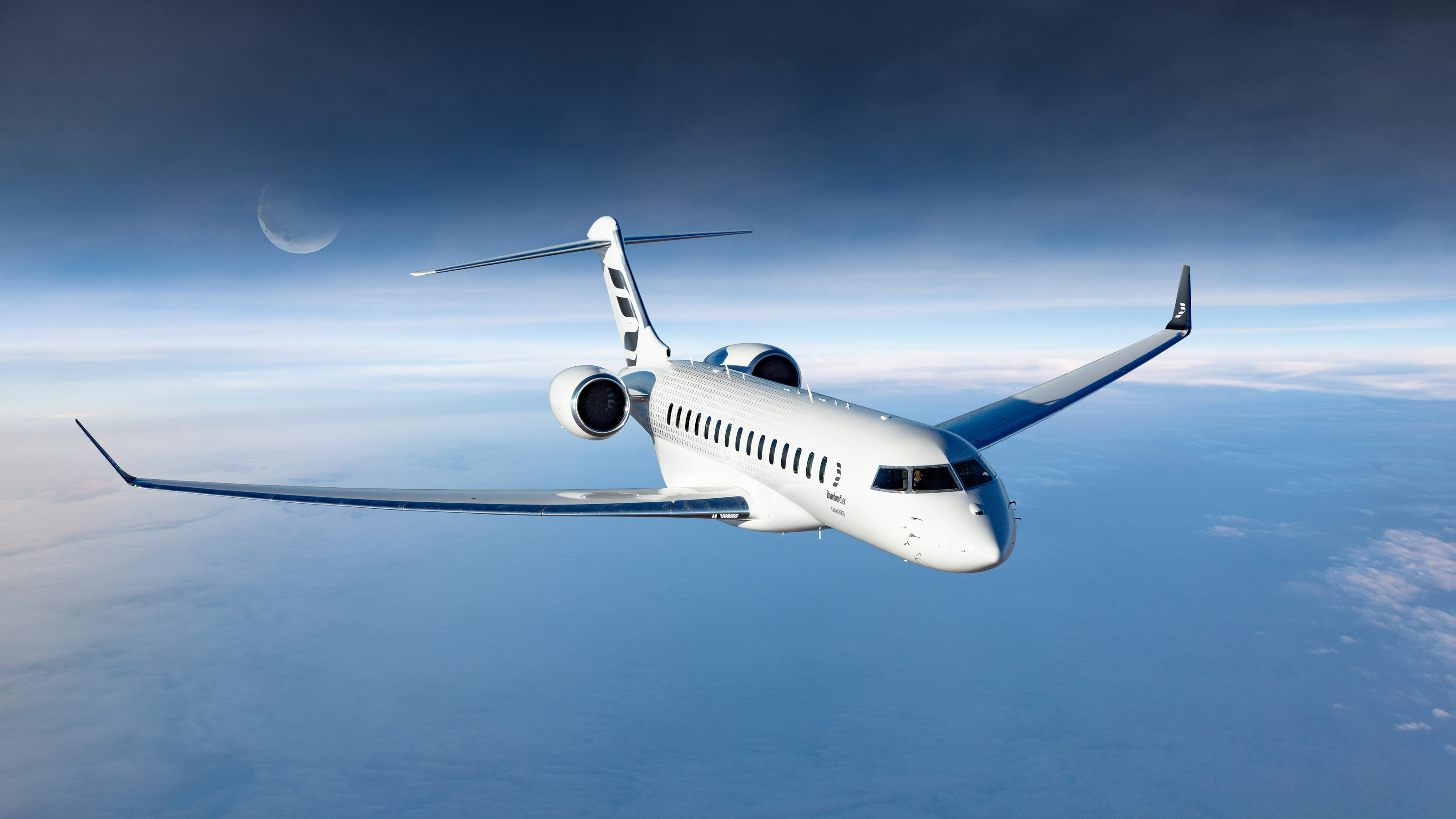 The Bombardier Global 8000 flies faster and higher to make the most of your time in the air
The Bombardier Global 8000 flies faster and higher to make the most of your time in the airA wellness machine with wings: Bombardier’s new Global 8000 isn’t quite a spa in the sky, but the Canadian manufacturer reckons its flagship business jet will give your health a boost
-
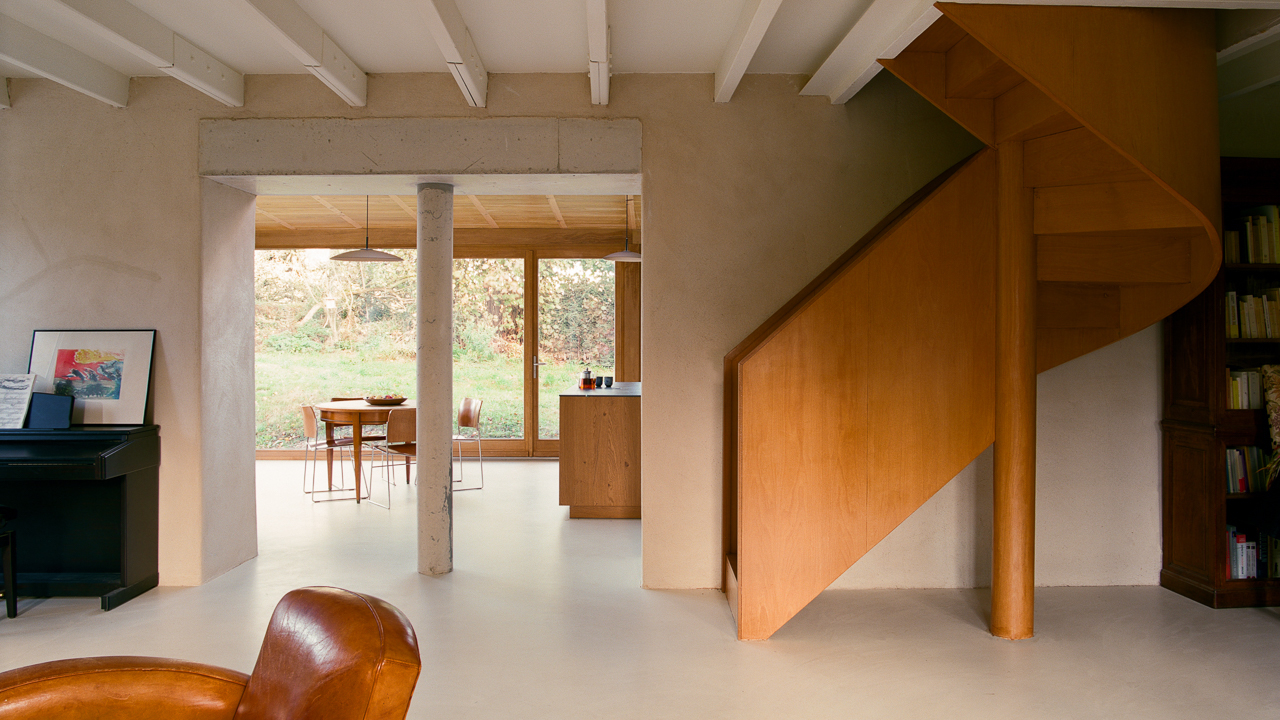 A former fisherman’s cottage in Brittany is transformed by a new timber extension
A former fisherman’s cottage in Brittany is transformed by a new timber extensionParis-based architects A-platz have woven new elements into the stone fabric of this traditional Breton cottage
-
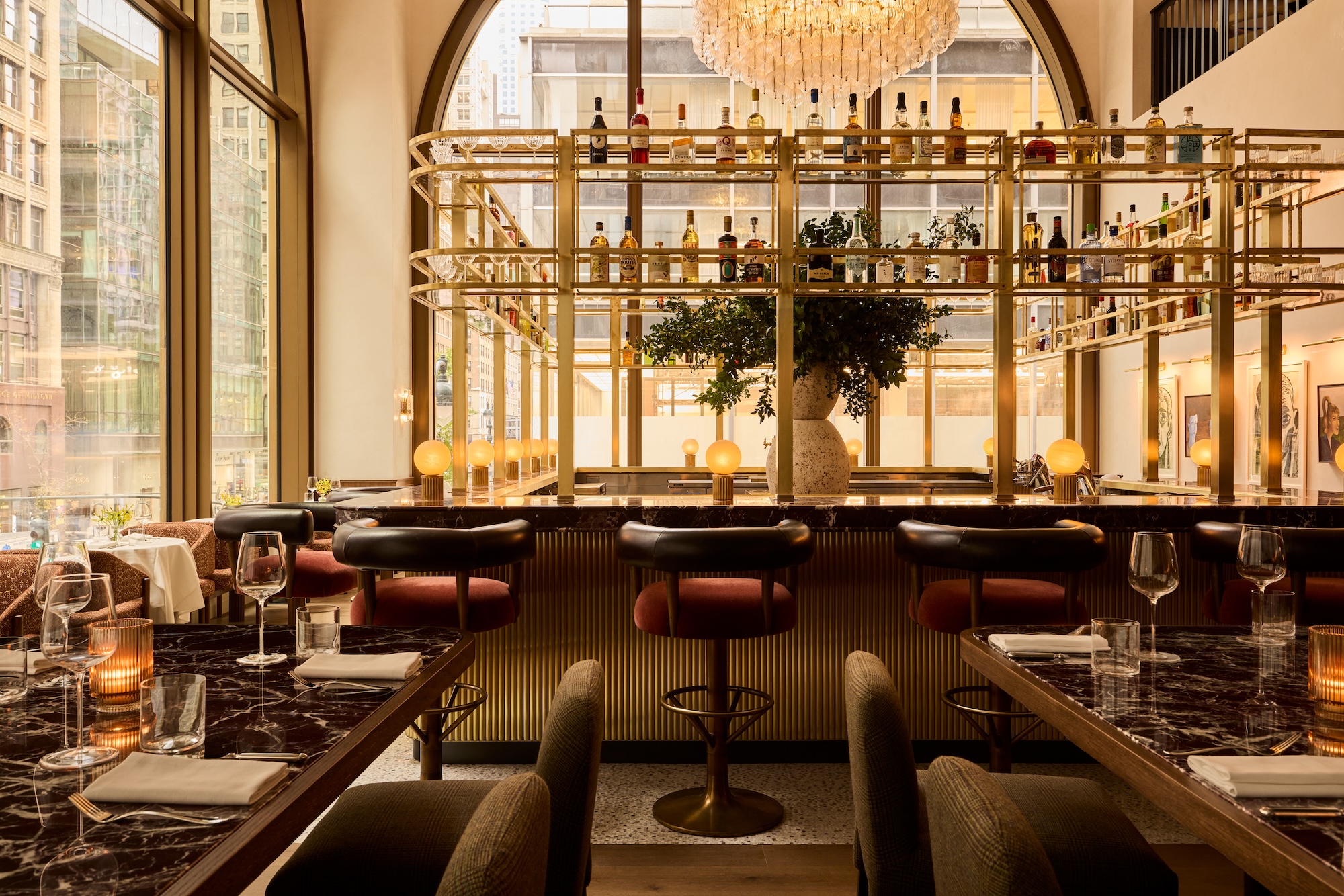 New York's members-only boom shows no sign of stopping – and it's about to get even more niche
New York's members-only boom shows no sign of stopping – and it's about to get even more nicheFrom bathing clubs to listening bars, gatekeeping is back in a big way. Here's what's driving the wave of exclusivity